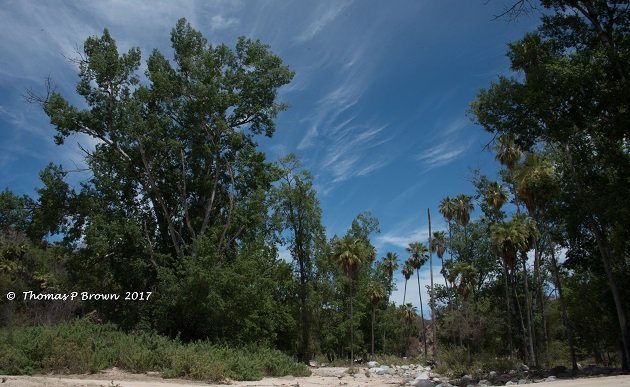
When you conjure up thoughts of the desert oasis, you probably envision the towering white sand dunes of cinematic fame, with camels, brightly colored tents and turbaned nomads. While this description is not too far off in many parts of the world, here in Mexico, the term oasis is just bit different. That is not to say we don’t have our share of sandy, dune type regions, but most of the areas that I would consider an oasis, are found in sections of the dry stream beds, or arroyos, where the water is close to the surface. When you find an area that has a year round water supply, especially at the surface, a huge commodity in any desert, you are sure to find an abundant amount of wildlife.
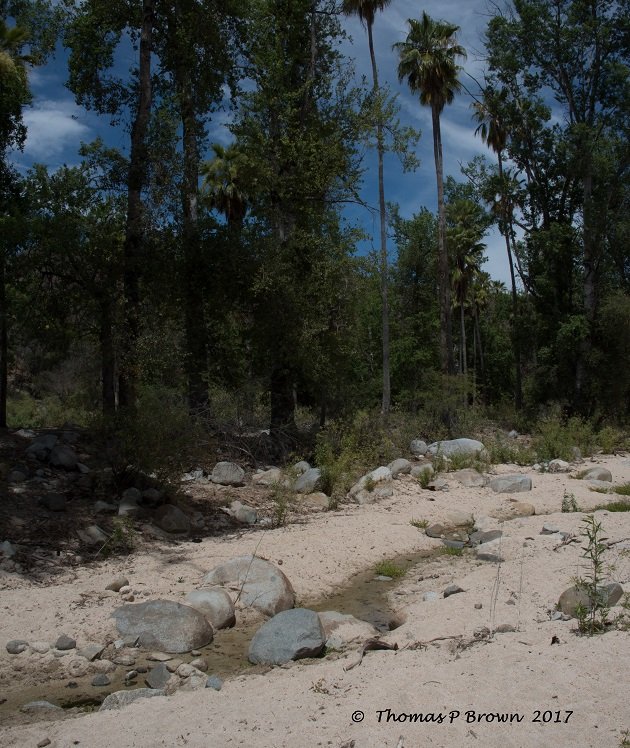
This photo below is the view 180 degree opposite of the photo from the top of this story. This gives you an idea of what the arroyo like down stream from the oasis.
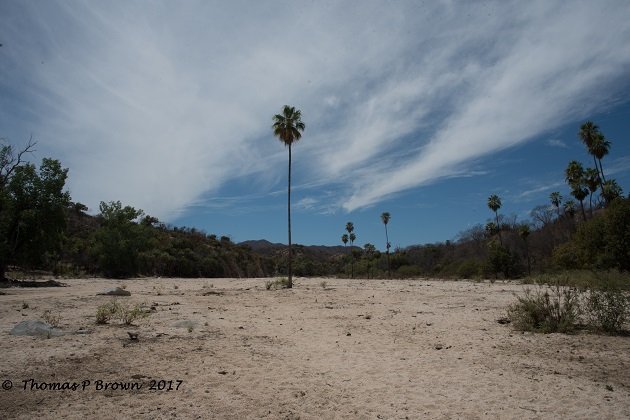
Just such an area can be found in the Sierra De La Laguna Biosphere, a mountainous area set aside for protection in 1994, which divides the southern half of the Baja, in a north to south direction. https://en.wikipedia.org/wiki/Sierra_de_la_Laguna At approximately 3500 feet in elevation, the area that I refer to as “Arroyo Oasis” as there is no formal name on the map, is at the head of a substantial arroyo. The biosphere is known for its many substrate of ecological plant and animal life, depending on the elevation. At the height of this particular oasis, we travel up out of the low desert scrub, and cactus, to a area with Mexican Pinyon, pinus cembrodies, Cape Red Oaks, Quercus tuberculate, and whereever there is some water, date palms. This just happens to be the exact combination that provides for many species of birds, including the exceptional Acorn Woodpeckers, Melanerpes formicivorus, subspecies M. f. angustifrons. This unusual subspecies of Acorn Woodpeckers is the only known Acorn Woodpecker to have a completely black eye.
Acorn Woodpeckers are very social, working together on food storage, as well as care of the young.
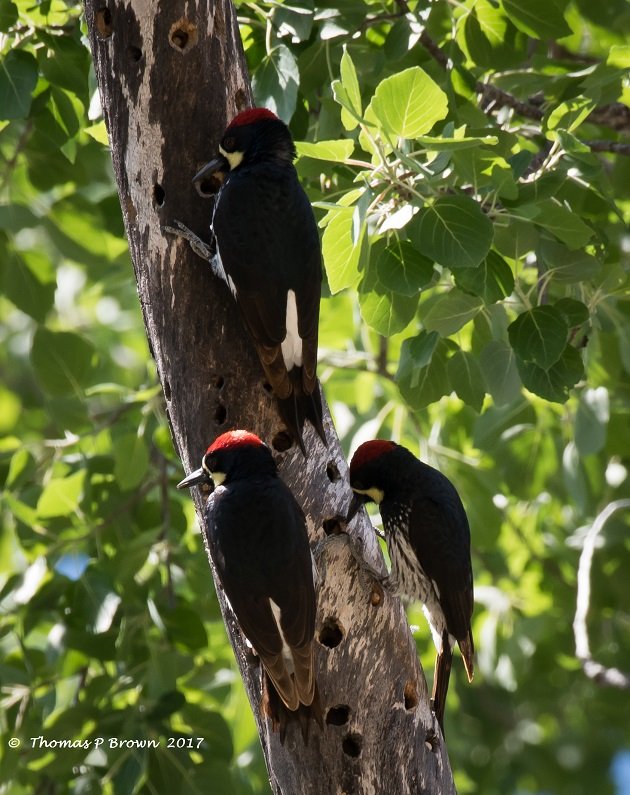
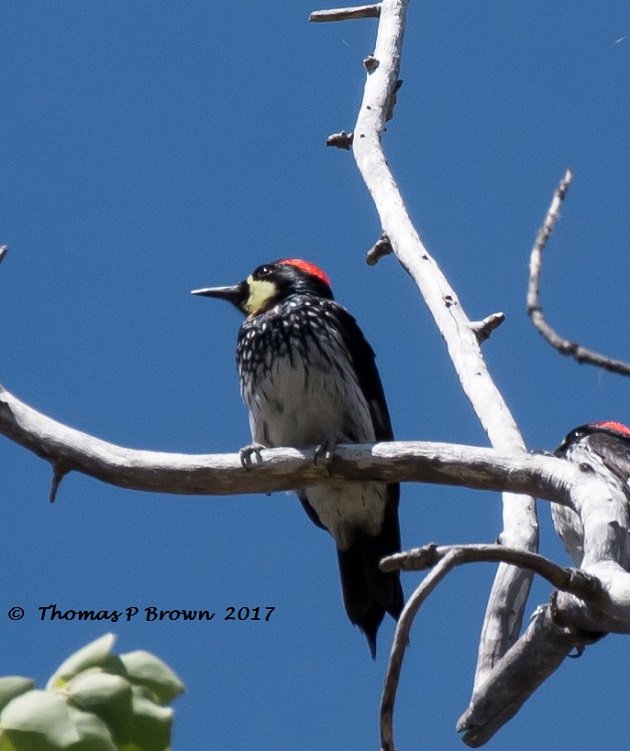
I had made the trip to this area to continue my research data and photo collection on the Acorn Woodpeckers, but the balance of my day turned out to be pretty amazing. I spent 5 hours in this one small 3-4 acre area, and managed to observe 23 species of birds. The usual suspects were all present, including the Turkey Vulture, Red-tailed Hawk, American Kestrel, and Cactus Wren. There was a good number House Finches, White-winged Doves, Common Ravens and Northern Mockingbirds. The flycatchers were well represented with Ash-throated Flycatchers, Little Gray Flycatchers, and Cassin’s Kingbirds all hanging around the stream picking off the flying snacks. There were three big surprises though, that I had never seen in this area before. The first was five beautiful Lazuli Buntings, all in their bright breeding plumage.
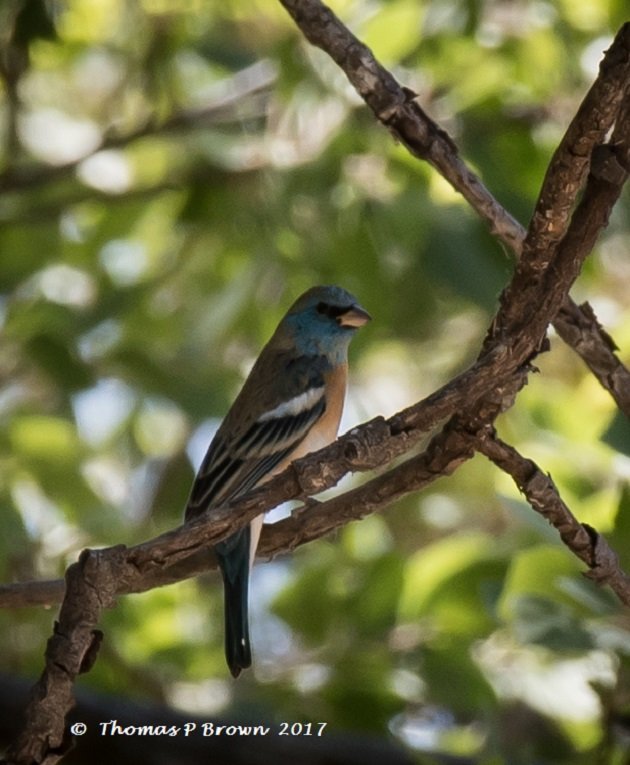
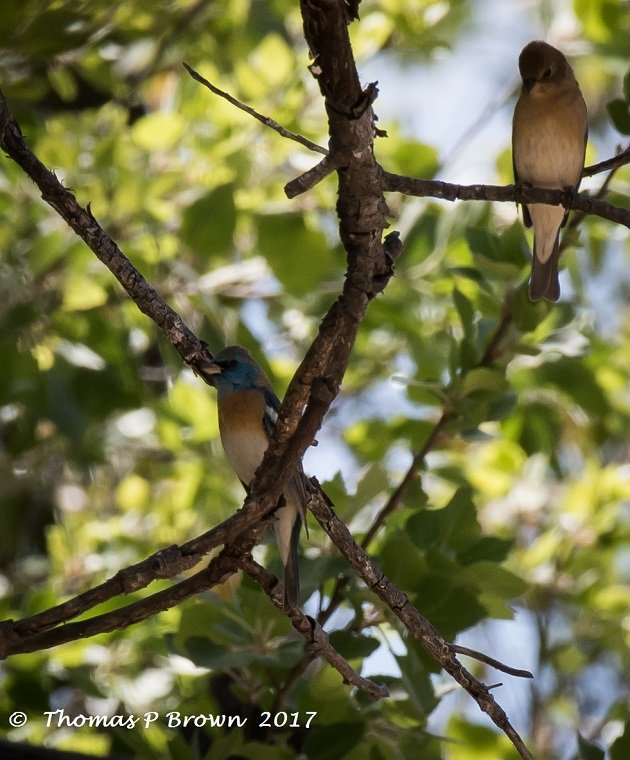
I had staked out a spot in the grove to watch the Acorn Woodpeckers fly back and forth, when single Black-and-white Warbler passed by. It paused just long enough for one quick photo.
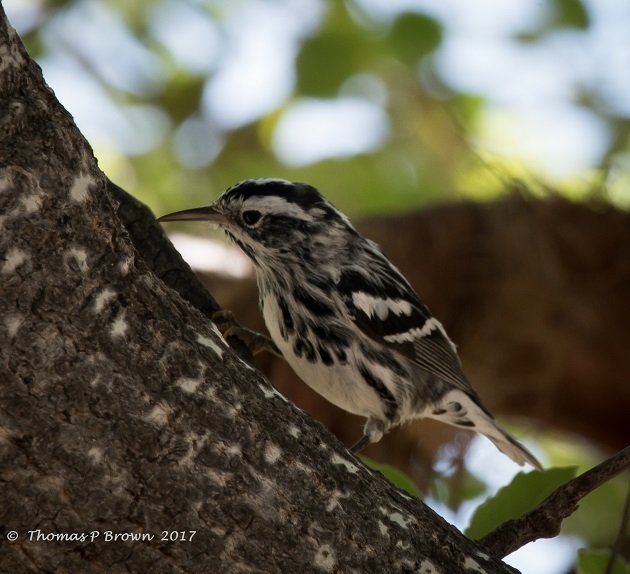
The biggest surprise of the day was a couple of Black-throated Gray Warblers. This is only the second time I have seen these birds on the Baja.
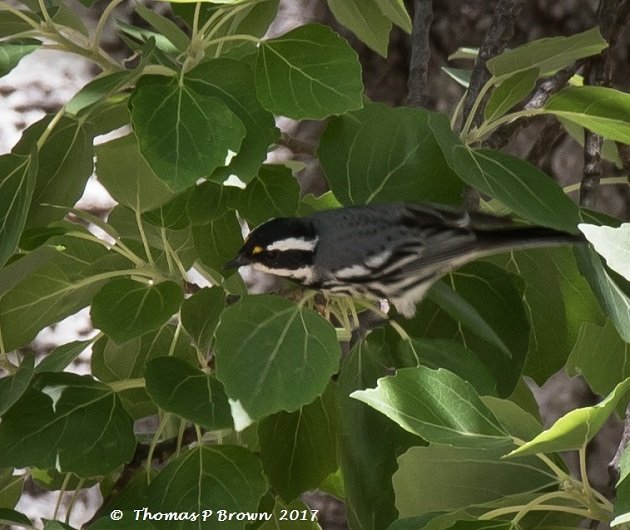
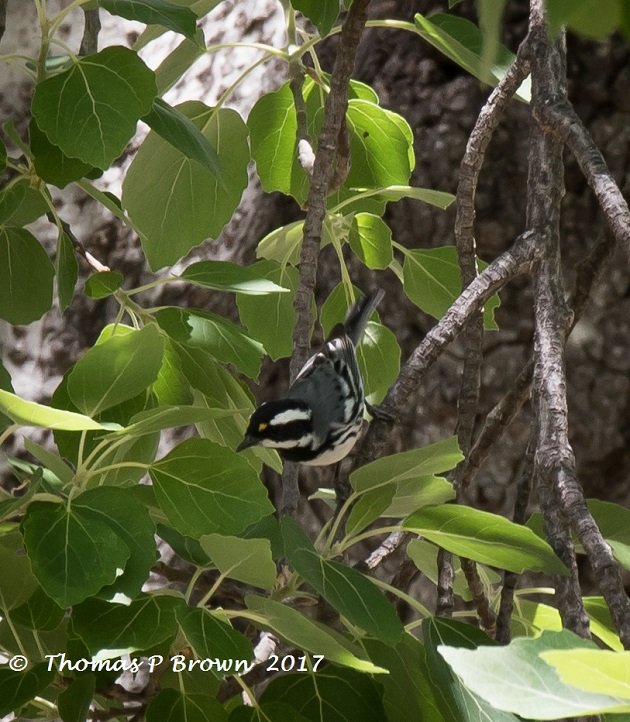






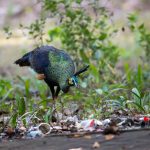
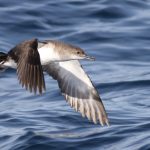
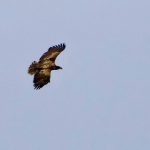

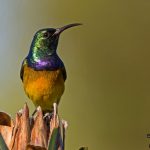


Leave a Comment